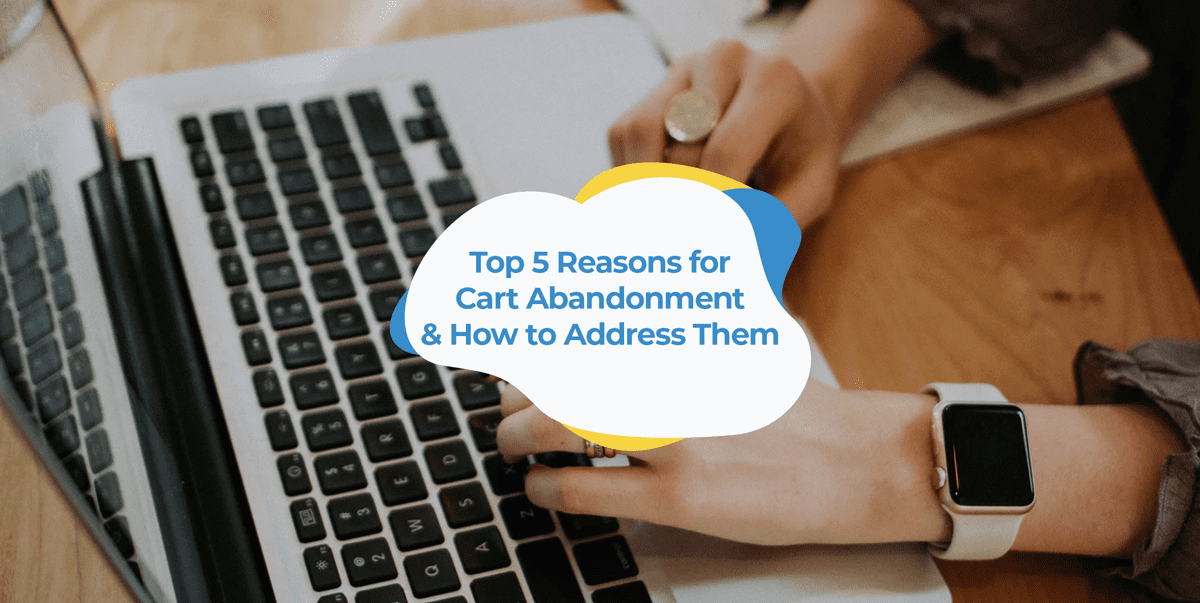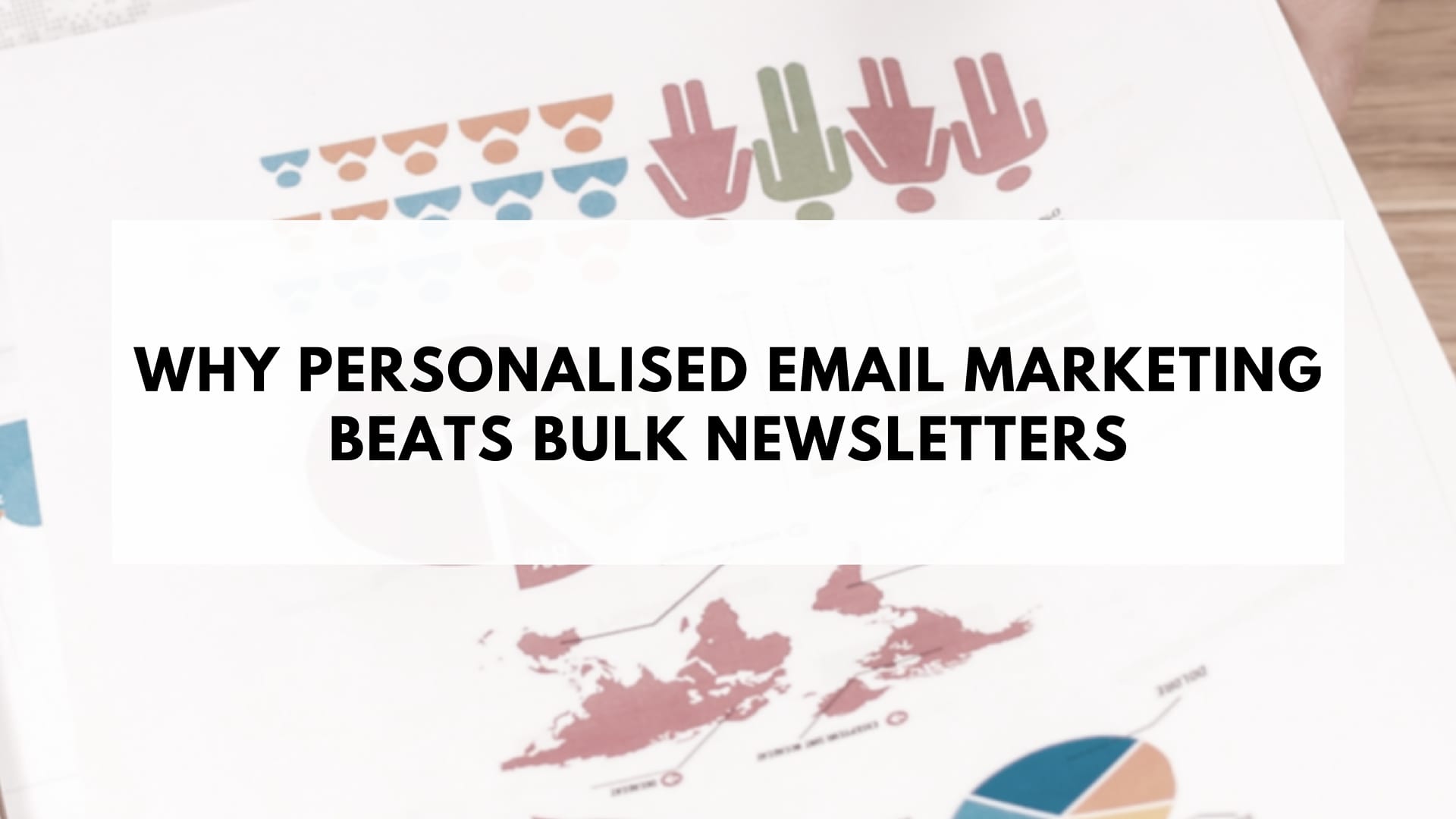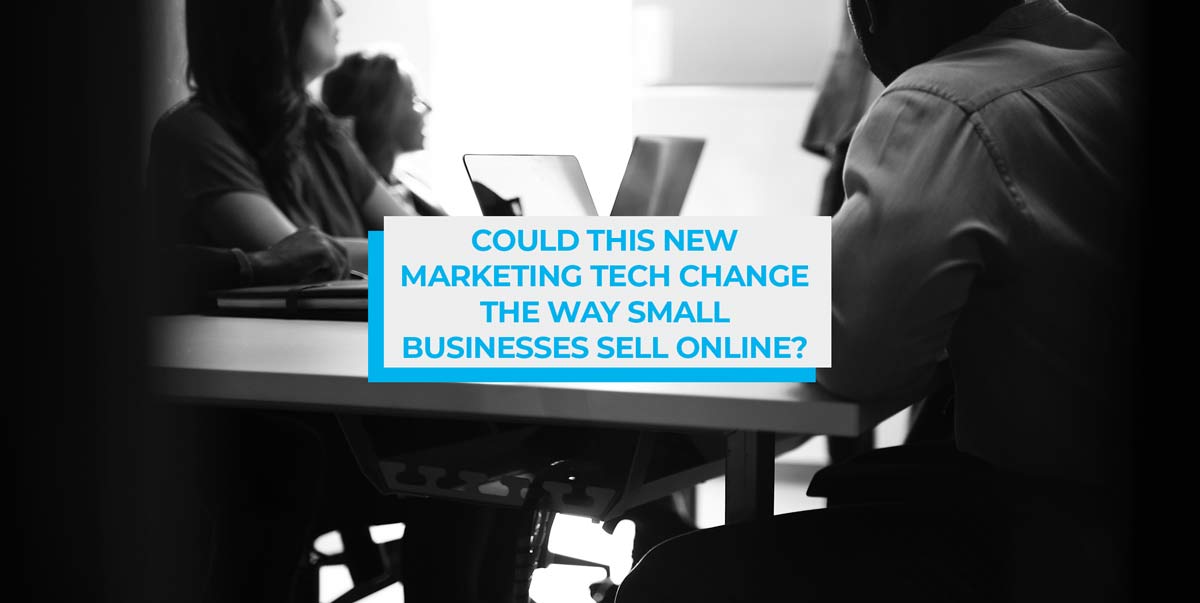For every person who completes the checkout process with their online shopping cart, approximately two people will fail to complete their purchase. This leaves trillions of dollars worth of products abandoned in carts each year.
Abandoned cart recovery emails have long been a popular and effective tool digital marketers have used to recover some of these lost sales. And with Business Insider estimating that 63% of this pool of abandoned products are recoverable, these emails have proven themselves to be greatly beneficial at boosting ecommerce sales. In fact, each abandoned cart email sent with SmartrMail generates, on average, $27.12 in sales.
Considering how easy it is to set up emails to automatically send to people who abandoned their carts, it’s no wonder that most ecommerce marketers tend to focus on recovery rather than prevention.
Your recovery rate is never going to be 100%, though. So while you definitely should be automating cart recovery emails, ignoring what causes people to abandon their carts will mean that you miss out on a large chunk of sales.
Addressing the reasons for shopping cart abandonment online will improve your conversion rate and get your store more sales.
The first step to achieving this is to be aware of what these reasons are. A recent study by UPS and comScore found the top 5 reasons for online shopping cart abandonment are:
- Unexpected shipping costs or conditions at checkout
- Browsing for a better price elsewhere
- Didn’t want to create an account to purchase
- Preferred payment was not offered
- Got distracted and forgot to complete the order
To help you prevent your customers from abandoning their carts, we’ll list our top strategies for dealing with each one of these reasons.

Top reasons for shopping cart abandonment
1) Unexpected Shipping Costs or Conditions at Checkout
The number one reason is also, fortunately, one of the simplest to fix.
Nobody likes being presented with extra charges at the last moment just as they’re about to pay. To avoid doing this to your customers, be as transparent as you can be with costs before someone even puts an item in their cart.
This is often easier said than done, though.
Most ecommerce retailers face the problem of needing an address before being able to offer a reliable shipping estimate. To address this, consider offering either free or flat-rate shipping. This way, your customers will not be put off by the shipping cost at the last moment.
2) Browsing for a Better Price Elsewhere
The ease of shopping around for a better deal is one of the best things about shopping online for consumers. For ecommerce store owners, it’s not so great. While selling products online makes it easier for owners to reach a wider audience than with traditional brick-and-mortar stores, the same is true for your competitors.
While this is something that nobody can prevent, that doesn’t mean there’s nothing you can do about it.
Price is not the only consideration that goes through people’s minds before they make a purchase online. People also care about how quickly they’ll receive their order and whether they’re buying from a reputable store. The better you are able to communicate that your store is legitimate and isn’t going to rip buyers off, the more likely people are to purchase the product through you. Even if that means spending a bit more compared with a dodgier-looking site.
Creating a sense of urgency can also help here.
If you only give customers a limited amount of time to claim a special offer, you reduce the amount of time they can spend looking for other offers elsewhere. Don’t limit yourself to simply discount codes, either. Offering free shipping for a limited time can also help address the first reason why people abandon their shopping trolleys.
This is a particular problem for stores with generic items that people know they can easily find elsewhere. Selling unique items such as your own t-shirt designs means that people have no choice other than to purchase through your store if they want it.
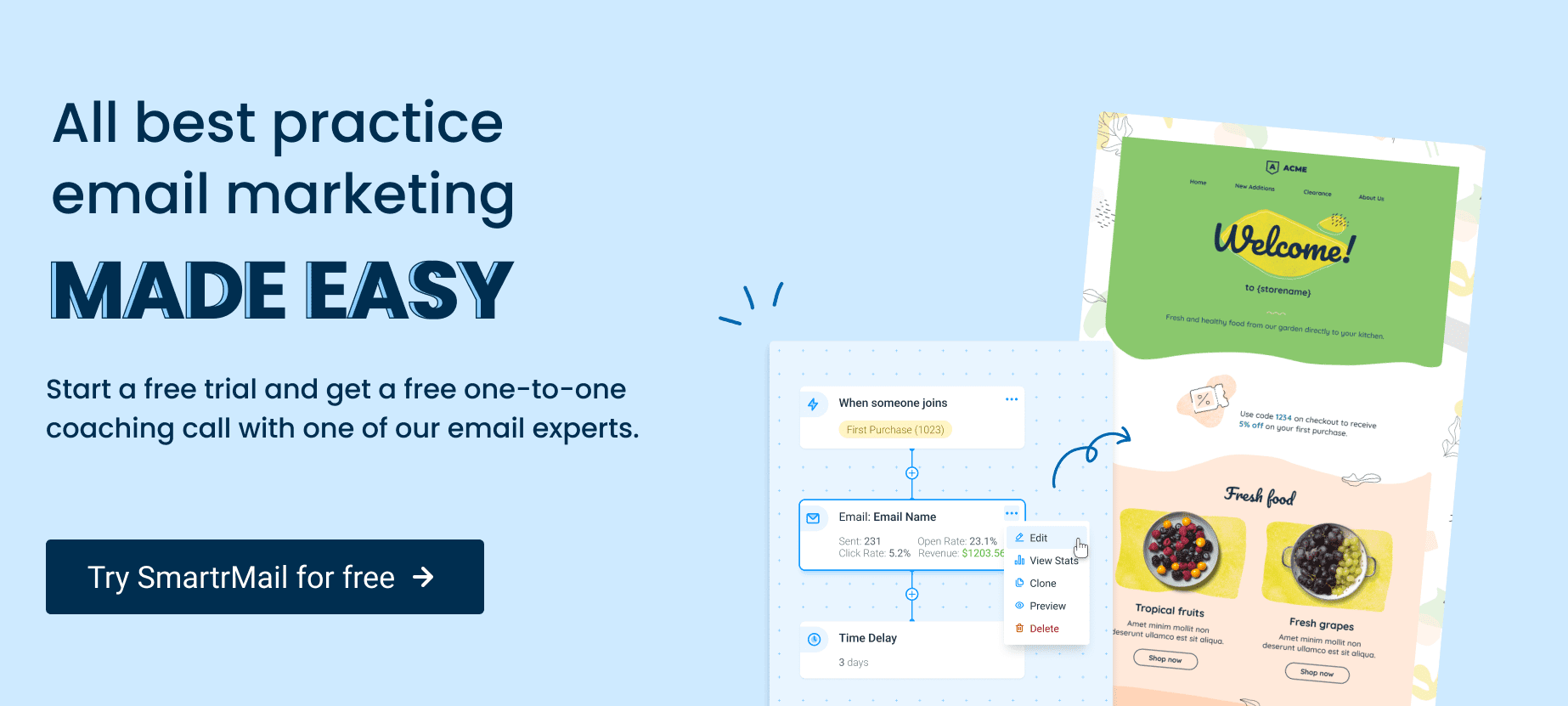
3) Had to Create an Account to Purchase
Always try to make your checkout process as simple as possible. The more steps you add, the more opportunities you create for online shoppers to be lost in the process.
The single worst thing you can add to your checkout process that will cost you the most potential sales is requiring people to create an account.
Often store owners have this requirement as a means of capturing people’s details for remarketing purposes later down the track. This is fair enough. Being able to communicate directly with people who have purchased from your store is a fantastic marketing opportunity to generate repeat purchases. However, there are better ways to go about this.
Instead of making people create their own accounts, simply capture their email addresses. Email marketing is the most effective channel, so chances are you’ll be able to be able to achieve greater success with just their email than with their accounts. Plus, you’ll need their email to send the order confirmation anyway.
Having already invested the time and money into establishing a user account system, you might not want to simply throw all that effort aside. Instead, you can simply make having an account optional. That way, you won’t lose sales from people who don’t want to create an account, but those who do can still create one. If you’re going to opt for this method, it’s best to leave it until after your customer has finished the purchase. Otherwise, some shoppers might mistakenly think sign-up is mandatory and leave their cart as a result.
If you really need for people to create an account, then it’s essential that you make the process as simple and painless as possible. Ideally, the only extra step you ought to add is getting shoppers to pick a password, seeing as you’re already capturing all the other details, such as email and shipping address.
It’s important to make it easy for people to pick a password too. Don’t add half a dozen hurdles, such as requiring the password to contain a capital letter, number, punctuation mark, be at least a certain length, etc.
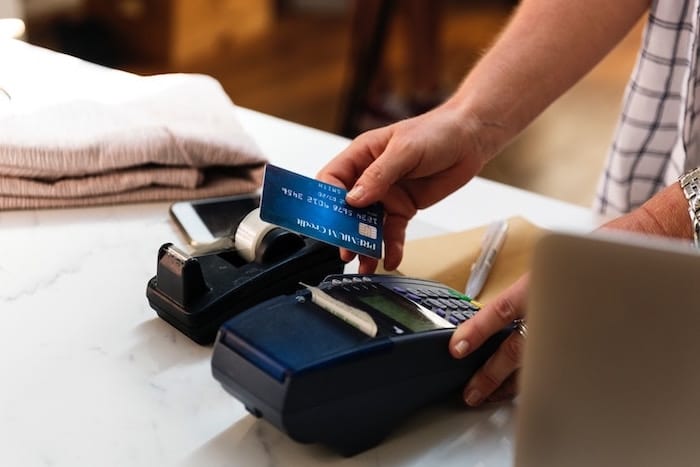
4) Preferred Payment Not Offered
This one is pretty straightforward. The only way to counter people leaving your site due to their preferred payment not being offered is to offer it. Even if someone would’ve been willing to pay using another method, if you offer their preferred option, you’ll make them happier with the overall experience of buying from your store. This will also mean that they’ll be more likely to become a repeat customer – the most profitable kind of customer there is.
As for what the most preferred payment options are, research by Ipsos last year shows that credit cards remain the most popular method of paying for items online. This was followed by eWallets such as PayPal and then debit cards.
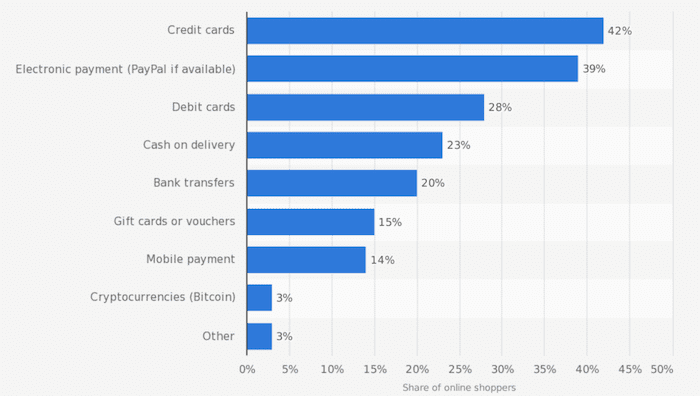
5) Got Distracted and Forgot to Complete the Order
People are bombarded with distractions online. The only way you can effectively deal with this is by taking on board the suggestions above and making your checkout process as quick and easy as possible.
Despite how seamless you make this process, some people who have the full intention of making a purchase will still get distracted along the way. To deal with these people, you’ll want to add Google Ads and a Facebook Pixel to your site. That way, you’ll be able to run retargeting adverts on platforms such as Facebook and Instagram to people who have visited your store. Upon seeing these ads online, your would-be customers will be reminded of your store and the purchase they intend to make.
SmartrMail makes this easy too.
We let stores easily sync their email lists to their Facebook Ads account so you can run targeted ads on Facebook and Instagram. One option this gives stores is the ability to retarget your cart abandoners on these platforms with their own specific adverts.
Of course, the other thing you’ll want to do to ensure people are reminded is to automatically send abandoned cart emails.
Sign-up to our newsletter and receive a free eBook with hidden Email Marketing Tips
Final Thoughts
At the end of the day, you’re always going to have people abandon their shopping carts. Even if you have crafted the perfect checkout process for your ecommerce store, you’ll still experience cart abandonment. The best you can do is optimize your store and the purchase process the best you can. That way, you’ll be making as many sales as you can, and for the people you lose, your abandoned cart emails can do the rest of the work.

